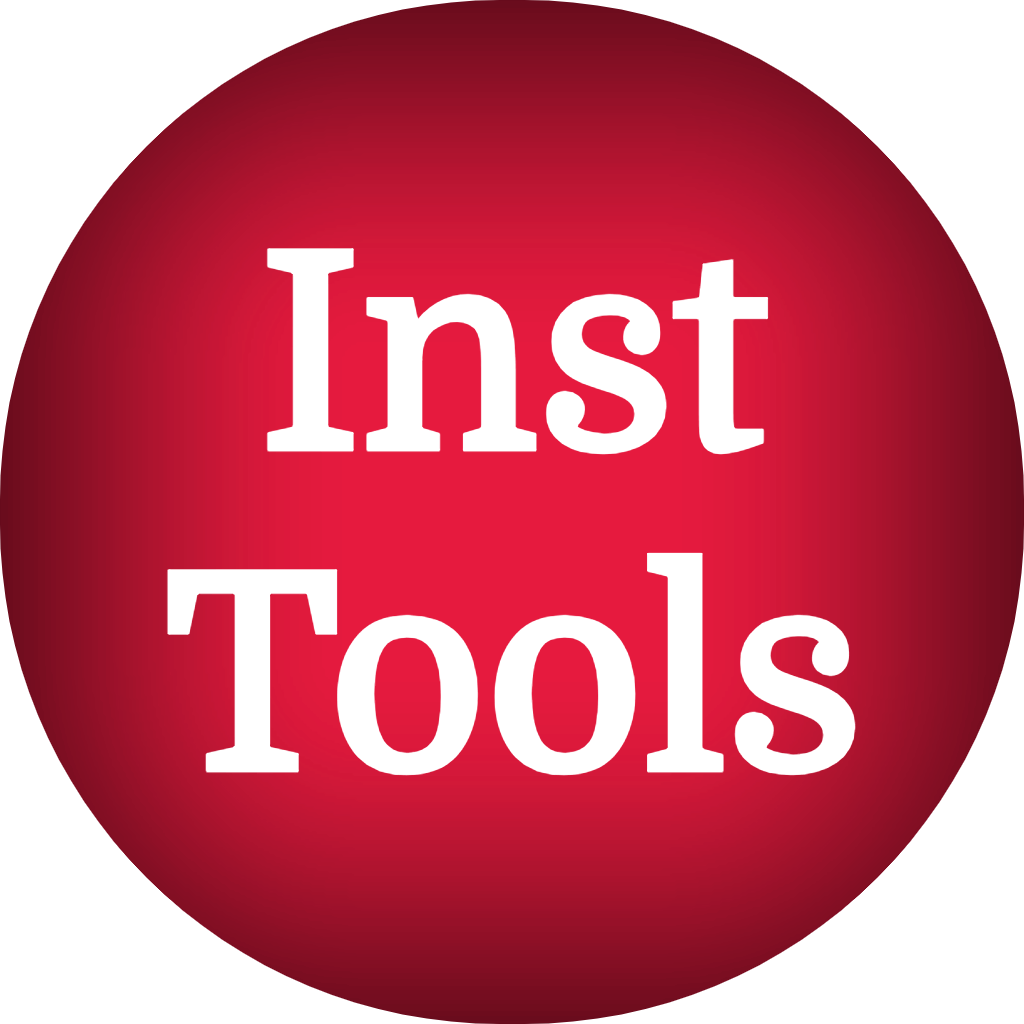0:07
hello everyone myself
0:11
batw in this course I will discuss about
0:21
signals these are the foundation for the
0:26
BCS electrical electronic
0:33
Engineers are anyone dealing with these
0:38
4 to 20 millium current
0:43
signals see in Industries we have many
0:50
instruments they may be input
0:52
instruments or output
0:56
instruments these will measure the
1:00
meters and update these signals to the
1:06
room that means these will send the
1:09
signals to the controllers like PLC
1:20
controllers what these instruments do
1:23
is they will measure the respective
1:27
parameter and they have to send this
1:31
measured parameter value to the control
1:38
room in any industry it may be a power
1:48
industry manufacturing
1:58
instruments for measure M
2:01
purpose and for control
2:07
here the first one from the left side
2:12
this is flow transmitter
2:15
ft okay this instrument measures the
2:23
pipeline and then it has to send the
2:28
plc similarly the second instrument this
2:32
is TT that means temperature
2:38
transmitter this instrument measures the
2:42
temperature and it has to send the
2:48
PLC and the third one also temperature
2:52
transmitter like this in Industries we
2:57
instruments there may be different type
3:01
instruments under each
3:04
category for example in flow
3:07
transmitters we have different
3:09
principles and models
3:12
available like that every category
3:16
pressure temperature flow Etc they may
3:21
have different types of
3:24
instruments what's their role is they
3:27
have to measure the respective process p
3:31
parameter and they have to update the
3:39
PLC and these we will call it as input
3:48
example the PLC or operator has to
3:52
control the flow rate of a
3:57
pipeline then we need control
4:02
walls if you see here this is a big
4:06
wall the control wall controls the flow
4:13
pipeline depends on the PLC
4:18
command the Vol will operate it may be
4:22
fully closed or fully open or partially
4:28
open depend depends on the command it
4:34
PLC so the PLC has to receive the inputs
4:42
transmitters and it will process the
4:46
logic and then sends the final command
4:50
to the control Vol okay there may be
4:56
of final control element like control
5:02
walls variable frequency drives motor
5:11
so in any case whenever there is a
5:17
involved then the PLC has to deal with
5:25
signals it may be analog input or analog
5:32
output the 4 to 20 million is a industry
5:45
signals there are other signals also
5:50
available but these signals
5:54
are very bold and everywhere available
6:00
in this course we will learn about these
6:10
disadvantages why we selected this
6:13
particular range for example why it is
6:17
started from 4 and why it is ended at
6:24
20 in the next video I will discuss
6:32
workstations like operator workstation
6:36
or engineering workstation related
6:43
Graphics I will meet you in the next

